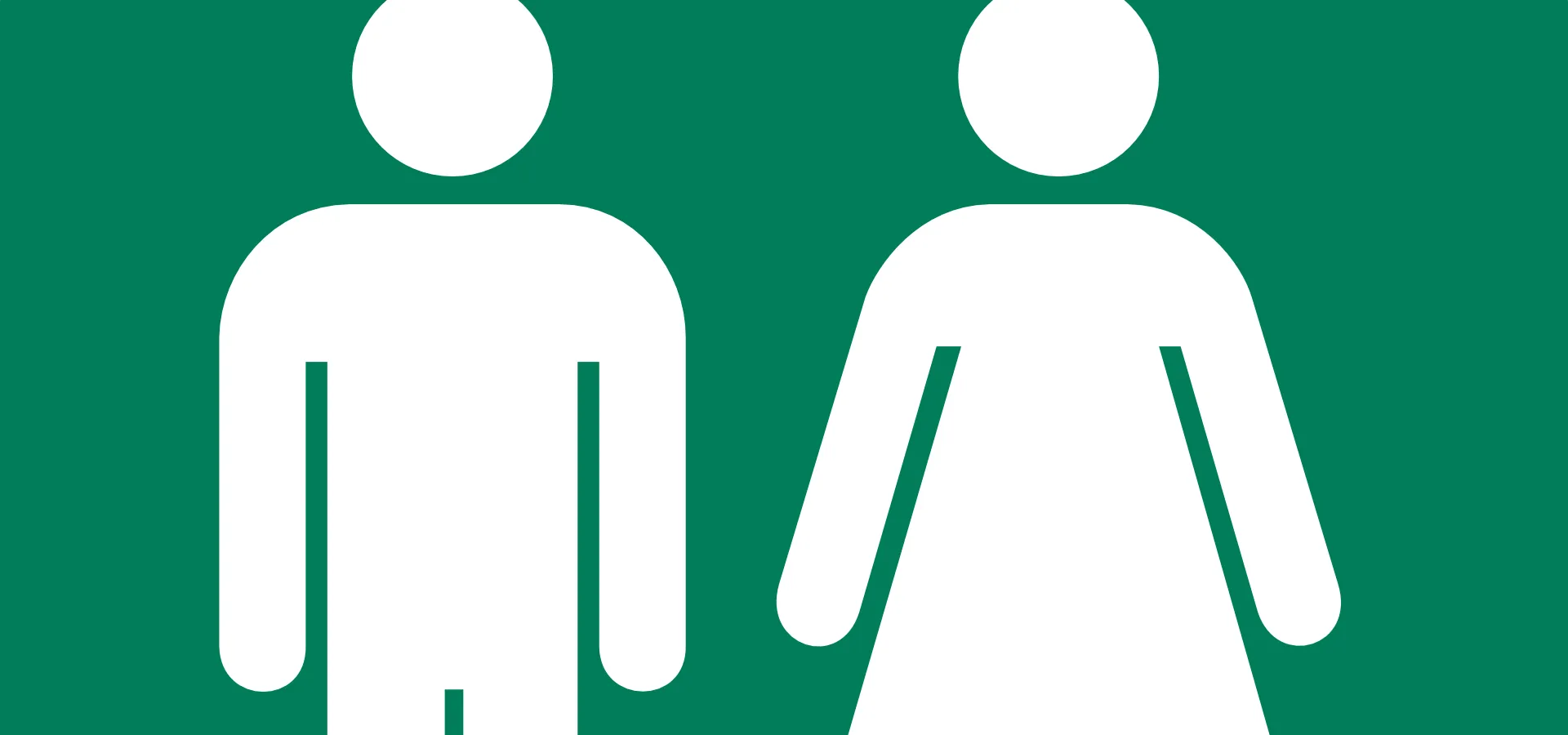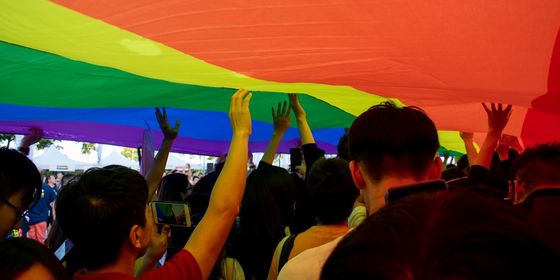Does it matter what we call unisex toilets? China’s gender activists weigh in
What’s in a name? As far as toilets go, a lot. In the wake the government’s unisex restroom policy to promote “third toilets,” China’s LGBTQ activists are calling for more active restroom-labeling measures that reflect the complexity of people’s relationships with gender.
In the US, restroom naming debates have been ongoing for a few years, progressing alongside ideas about gender diversity. A push to challenge traditional gender binaries has encouraged many people in the US to replace an older generation of “family restroom” and “unisex” signs with new ones such as “gender-inclusive,” “all-gender,” and “gender open,” which consciously reflect the fluidity of gender identities.
In China, as in many other countries, men and boys mostly still go to the men’s room, marked 男; women and girls go to the women’s room, marked 女. “Judy,” a part of the 16-person staff for Trans/Life, which claims to be the first organization specifically dedicated to servicing the Chinese trans community, emphasizes that the unisex toilet campaign in China is, in many ways, different from that in the US.
“In the US when they promote these restrooms, they put a greater emphasis on rights,” Judy tells TWOC. In China, where the same conversation doesn’t take place, “this behavior more tends towards providing better service….Although it [the two policies] have a very similar sense of public good, their nature is different.”
This isn’t a difference in the attitudes of US and Chinese people, per se, but differences in the official public discourse around toilet gender issues, which take no account of the gender-rights approach many activists take toward toilet reform.
The existence of gender-based activism outside of the political sphere has allowed unisex toilet campaigns in China to proceed with comparatively less resistance than in the US, according Martin Yang, the sustainable projects manager at Beijing Gender Health Education Institute (BGHEI). At BGHEI, Yang is in charge of the All Gender Toilet Project (“Gender Friendly Toilet Project” in Chinese), which provides signage and other resources to help private businesses install inclusive toilets. Currently, over 60 businesses are involved.
The headline of a 2016 article in The Nanfang about BGHEI’s toilets claims that “Beijing Leapfrogs Ahead of the US by Offering Gender-Neutral Toilets: No fiery debate in China when it comes to bathrooms.” This, Yang says, is only partly true.
“Our approach is slightly different than the approach in the US,” Yang explains. “At this moment, I do not want it to be a legislative discussion. I think one major reason for pushback in the US is that people try to make it a legislative thing… but here, we’re trying to make it more people’s action… their awareness.”
In spite of these differences, the deceptively simple question of what to call these toilets remains an issue for both countries. When I tell Judy that the Chinese name for the new, government-sponsored toilets is “third restroom” (第三卫生间), she immediately thinks of “third gender,” a concept increasingly being adopted by many European, Asian, Australian, and American governments to classify people who do not identify as either male or female. In China, Judy acknowledges, many people “have never heard the word ‘third gender.’”
Furthermore according to Judy, even the very existence of the trans community in China is not acknowledged by current legislation. The connotations of the name therefore are likely coincidental. Other terminology found in Chinese unisex toilets—男女通用厕所 (man-woman shared use restrooms), 性别中立厕所 (gender neutral toilets), 家庭厕所 (family toilets), 中性厕所 (unisex toilets), 无障碍卫生间 (accessible restrooms)—also emphasize accessibility over identity.
A prominent obstacle is that, in translation, the difference between “gender,” which refers to a social identity, and sex, one’s biology, are usually recognized in Chinese. The Chinese word 性别 describes both sex and gender. It is only in academic writing that there’s an insistence on distinguishing 社会性别 (gender, literally “social sex”) from 生理性别(sex, or “physiological sex”).
This ultimately led Yang to decide against using the term 社会性别 on BGHEI’s restroom signs, to avoid misunderstanding and other unintended connotations.
In an ideal world, Yang says, restroom signs wouldn’t just change. Toilets would simply exist. Yang’s imagines three stages to the toilet evolution: First, there are only gendered signs. Then, signs like Yang’s appear, causing patrons to critically reflect on toilets as a gendered space. Finally, once ideas of gender diversity and equality becomes ingrained in the public consciousness, restroom signs will be rendered unnecessary, vestigial structures.
Right now, society is still stuck on the second step. Judy believes the government’s third toilets indicate progress, though they have not been created with her community in mind. Yang also acknowledges that, though they are quite separate in many respects, BGHEI’s gender-friendly toilet program can incorporate the efforts of the third toilet campaign.
“However,” Yang points out. “Names are labels. It’s not going to solve the problem… for campaign purposes, yes. We need a name, but if we want to make big progress in society, it can be called anything, as long as it can serve [society’s] needs.”












